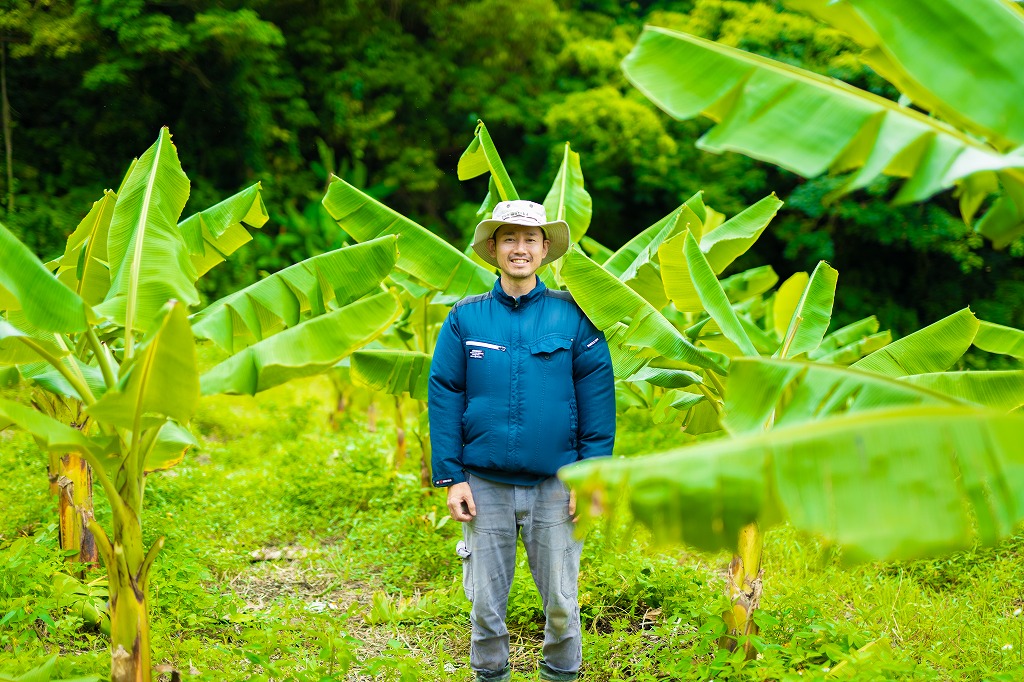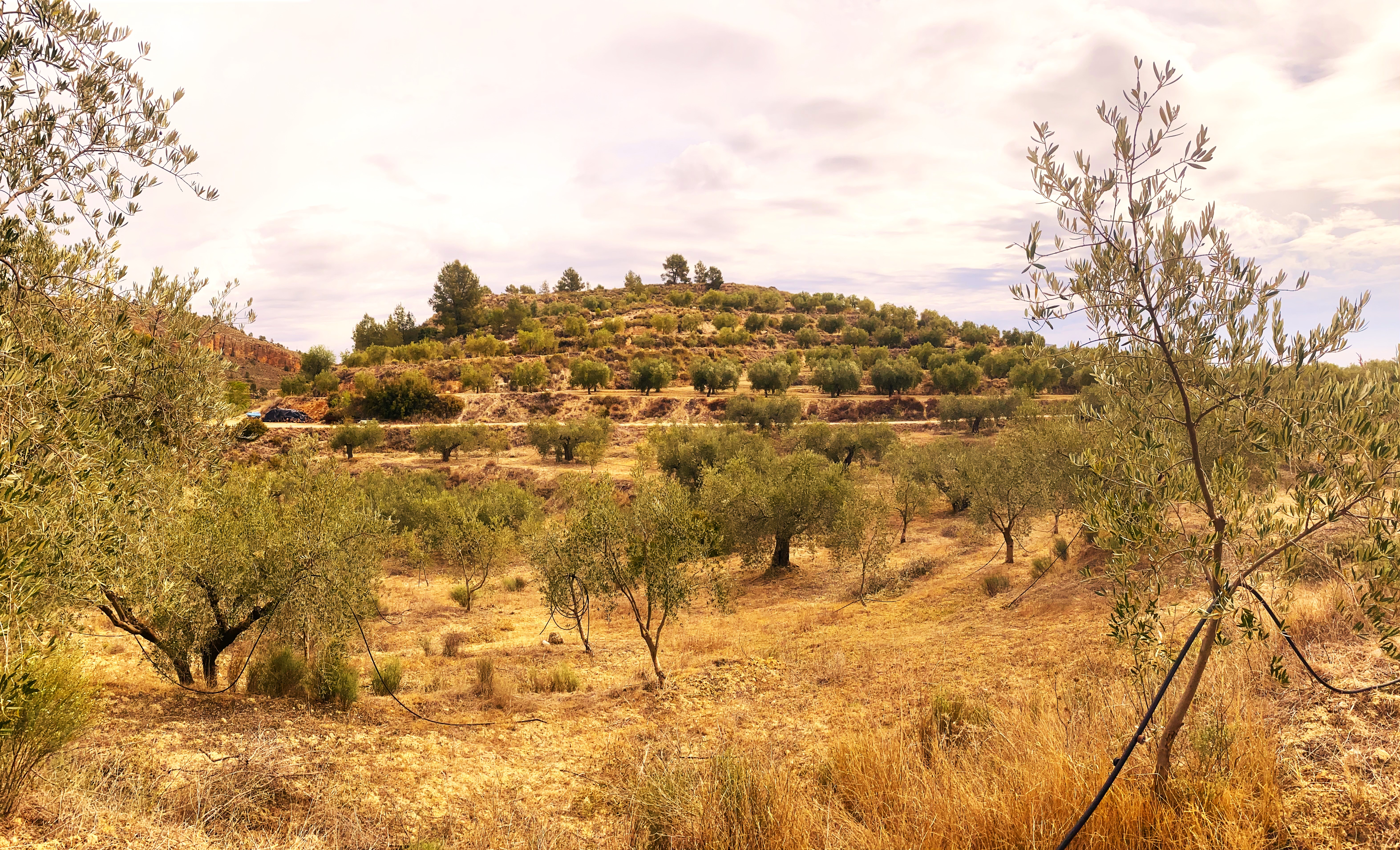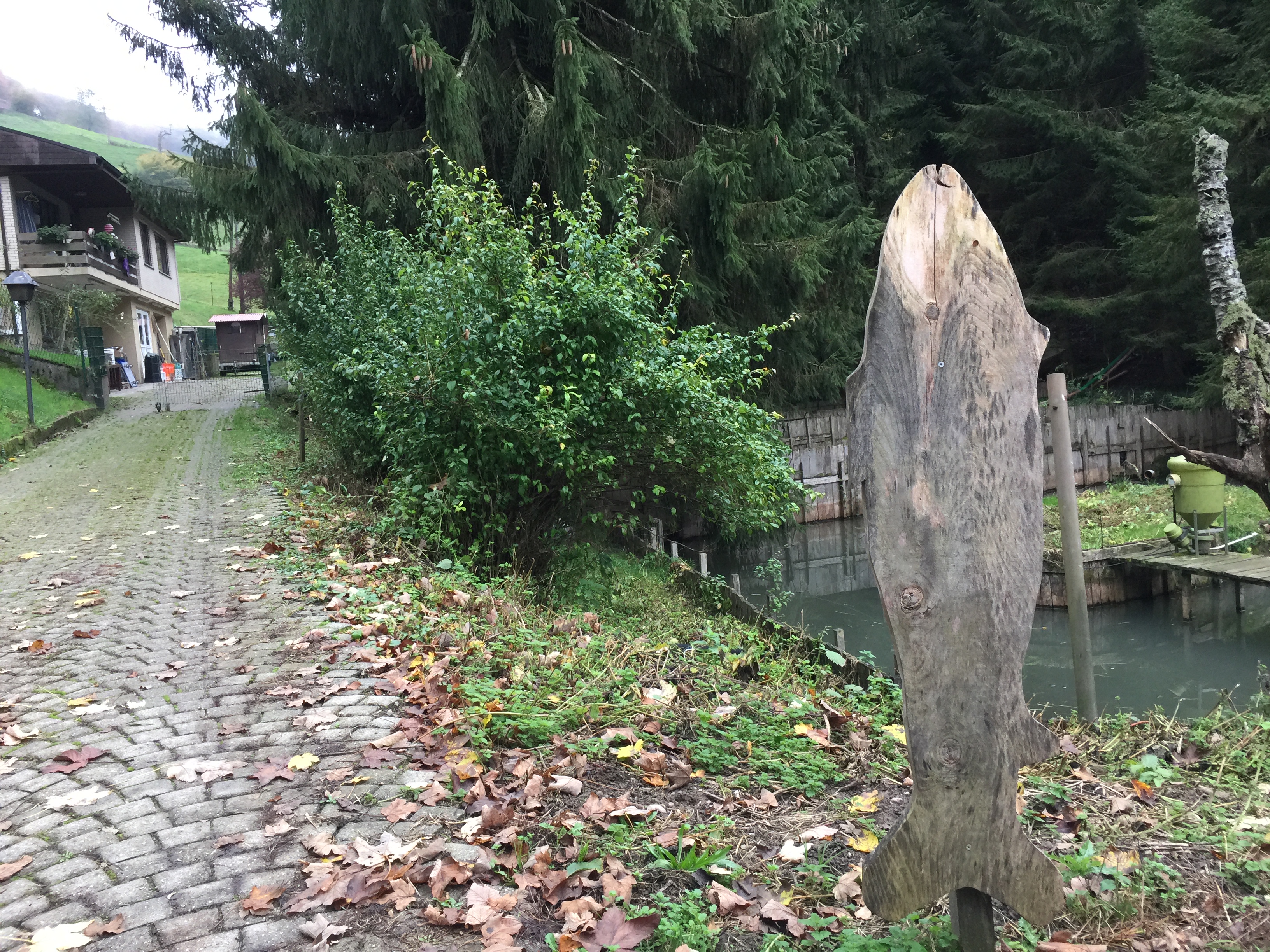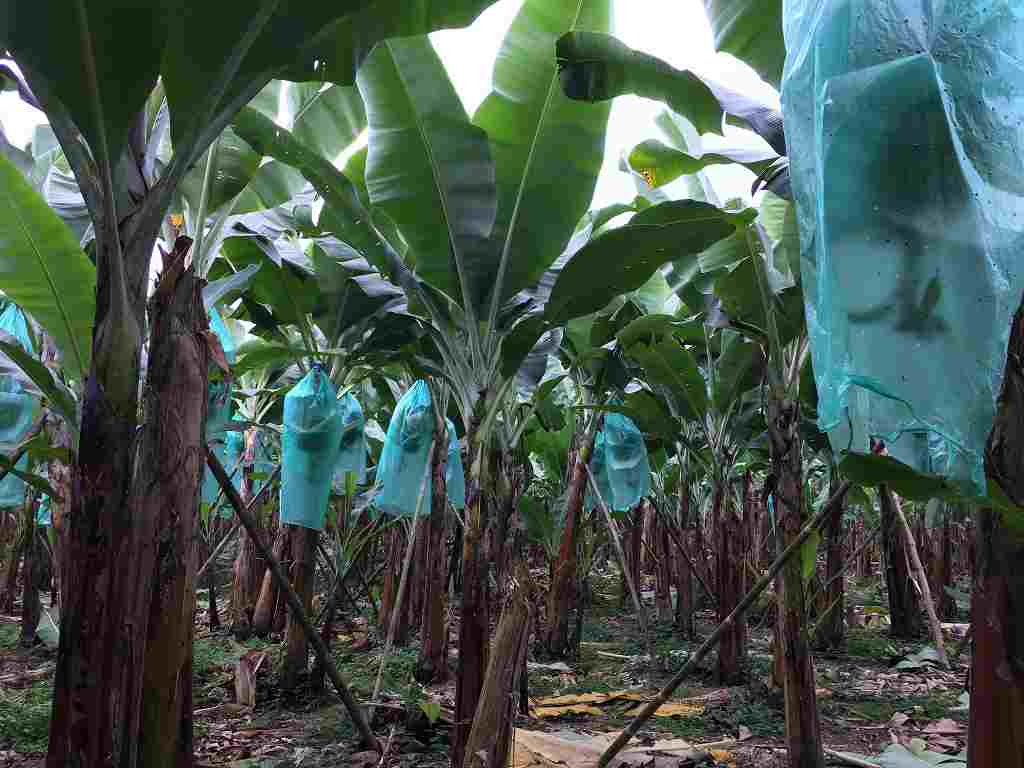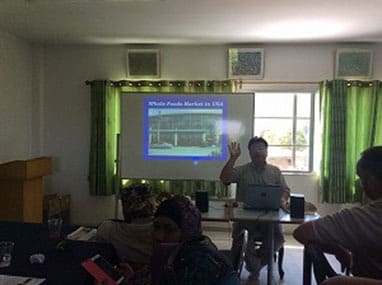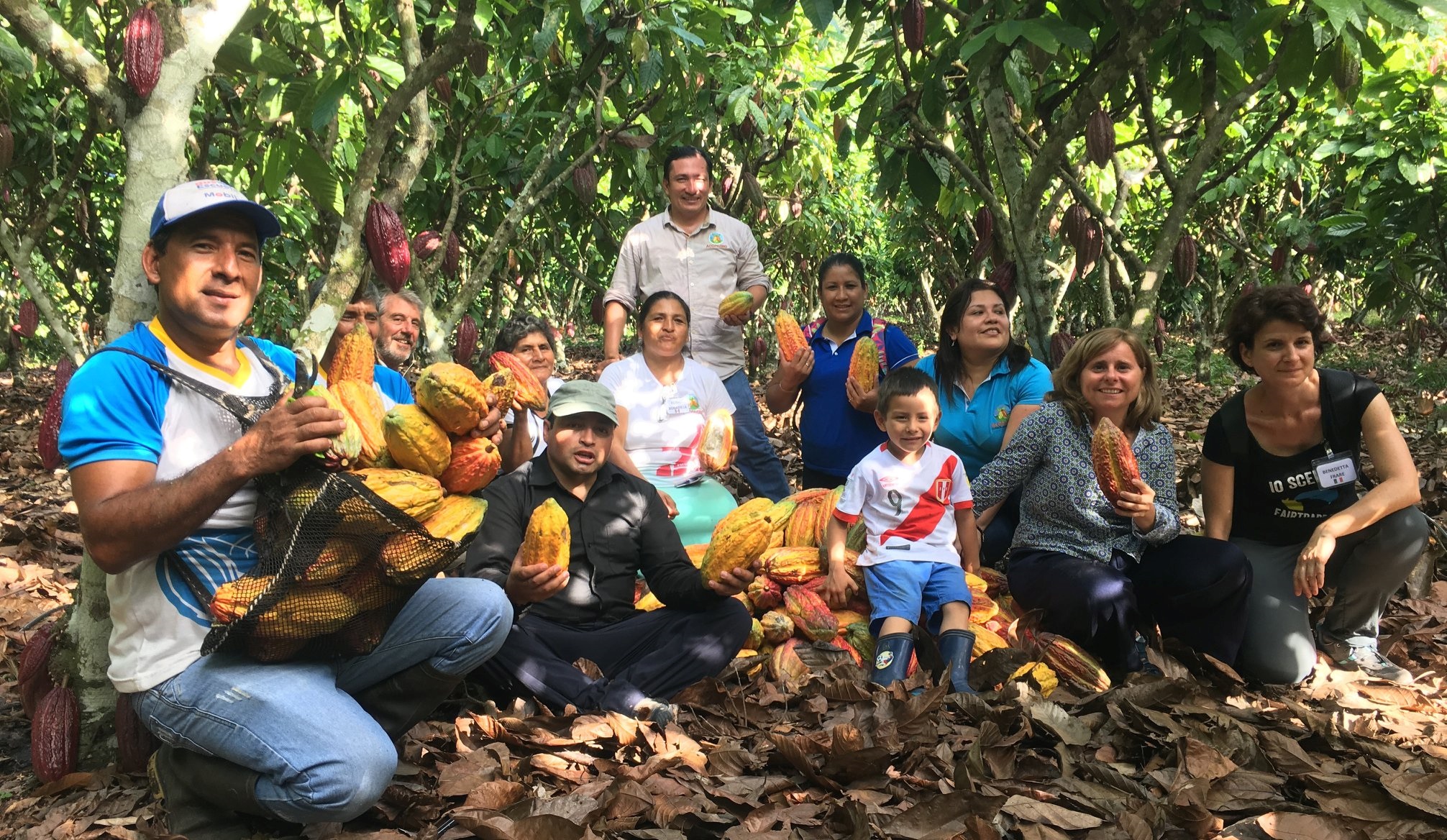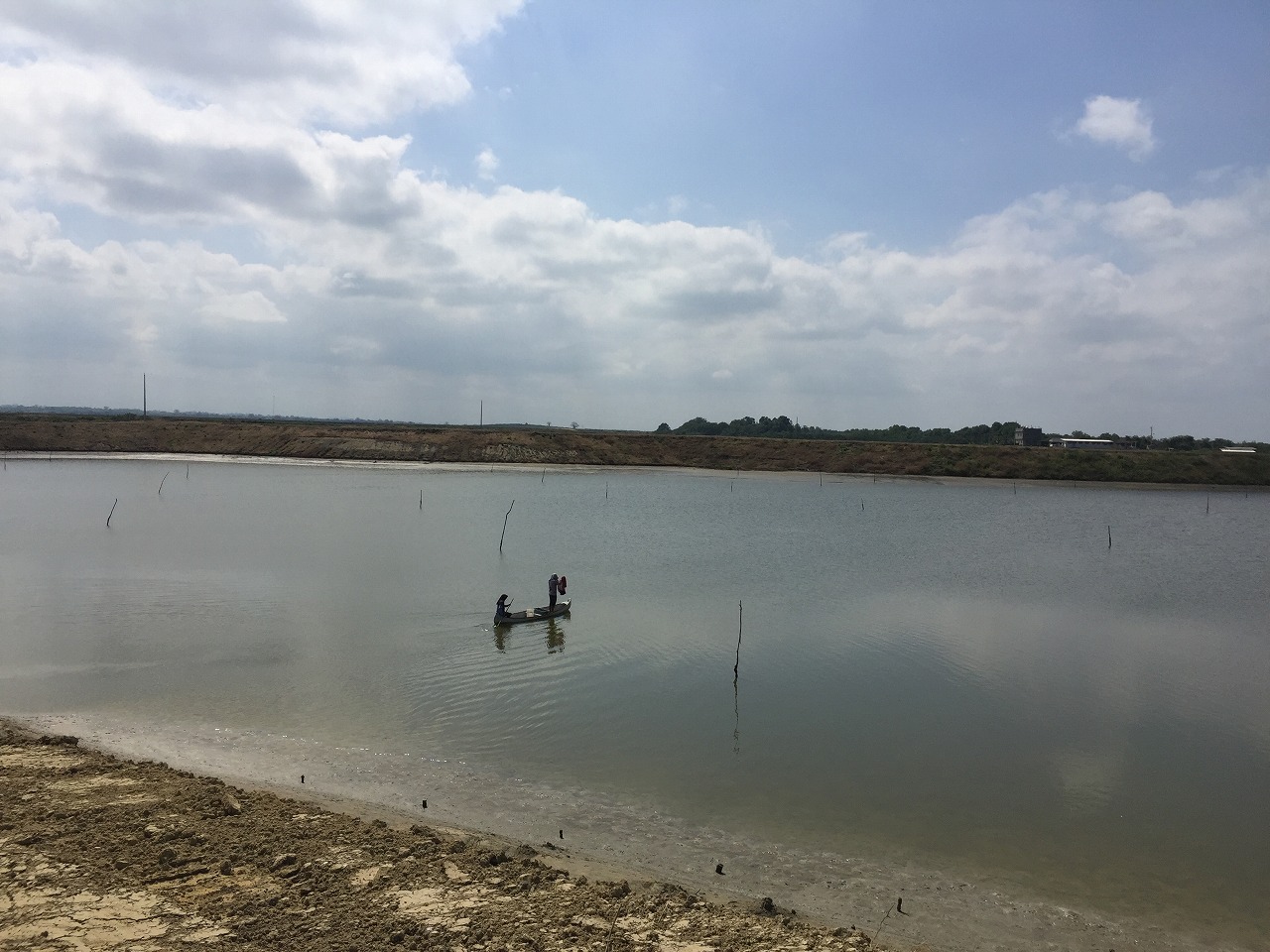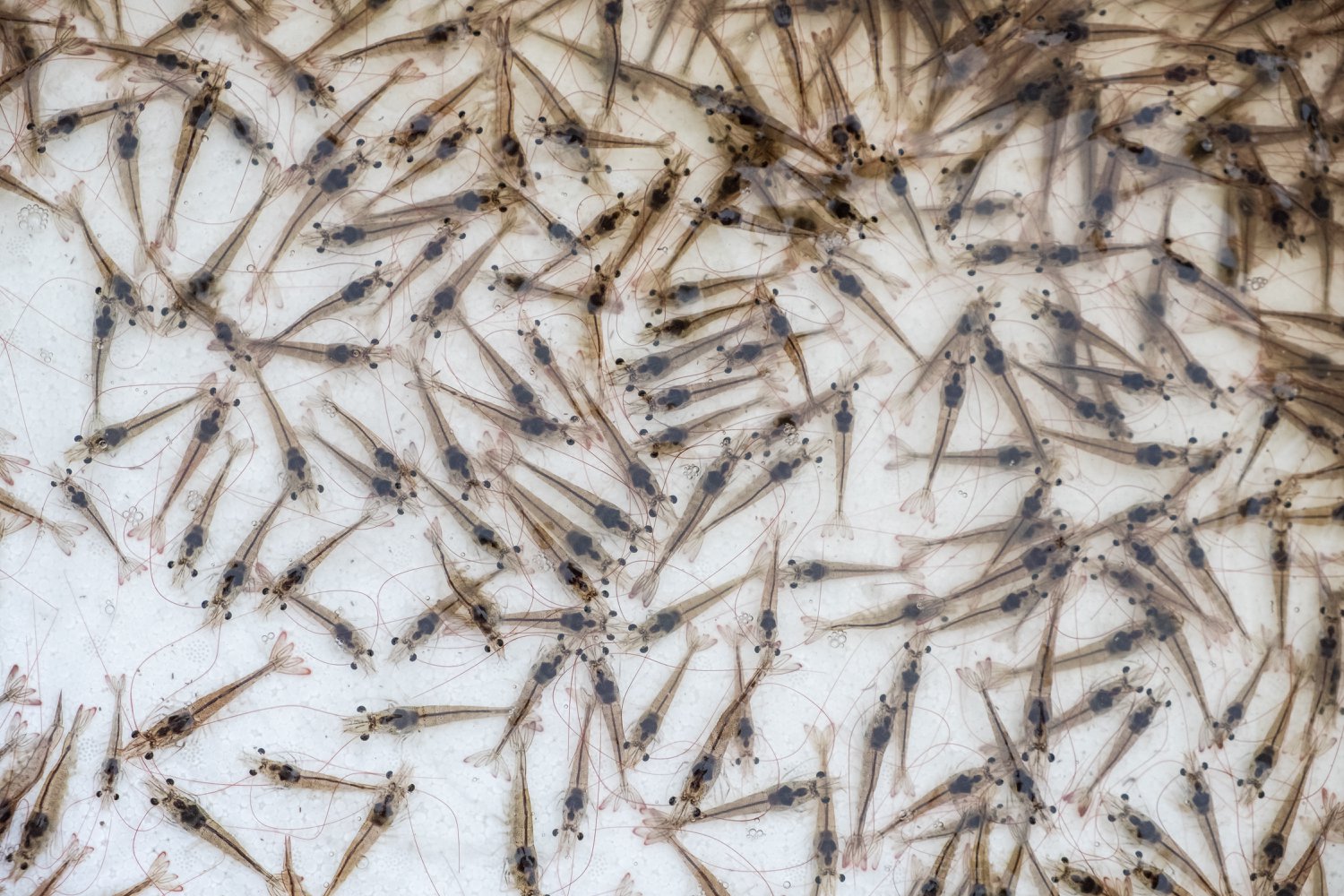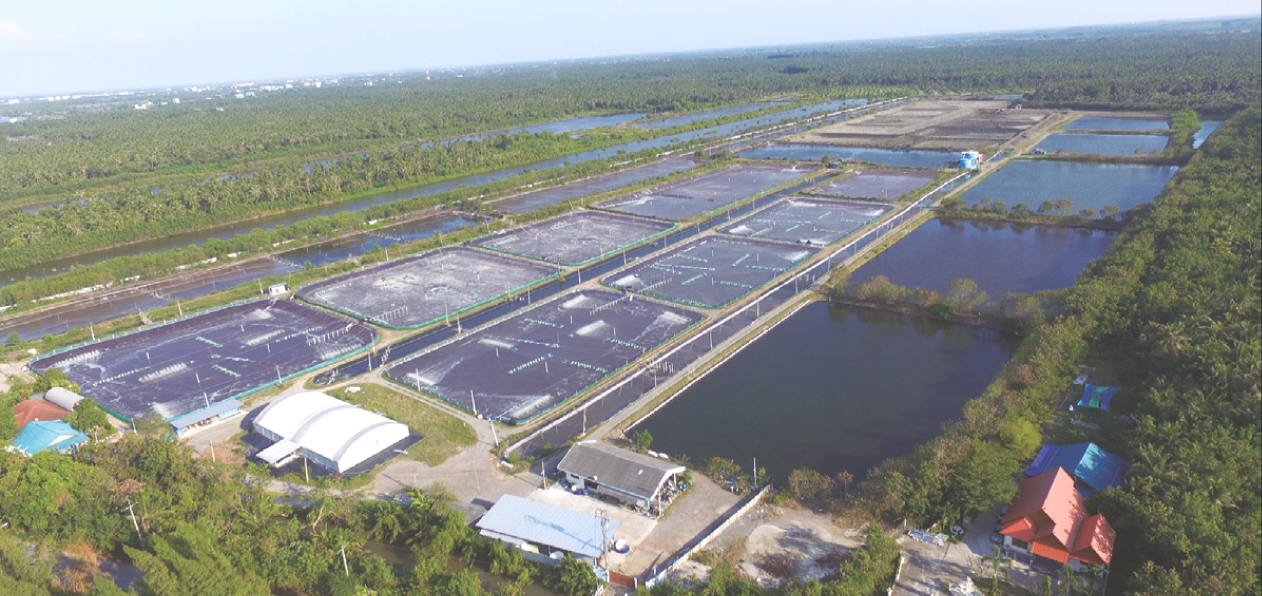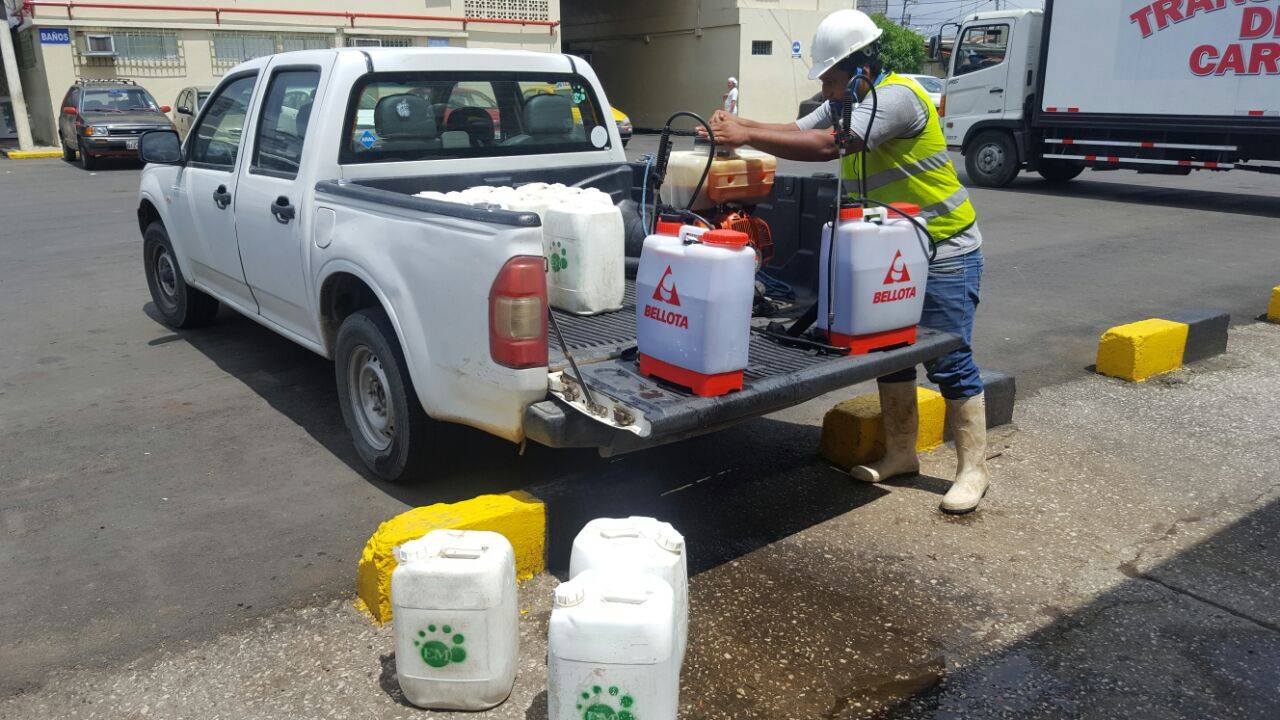Case Studies
Organic Shrimp Larvae Hatchery
Mar Bravo, Santa Elena, Ecuador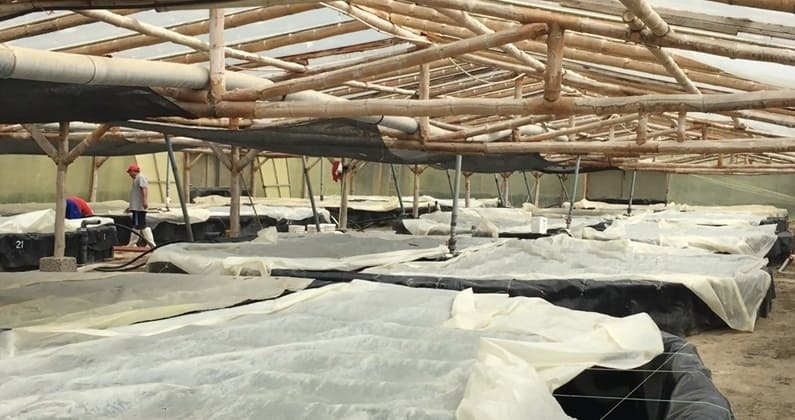
Business Background
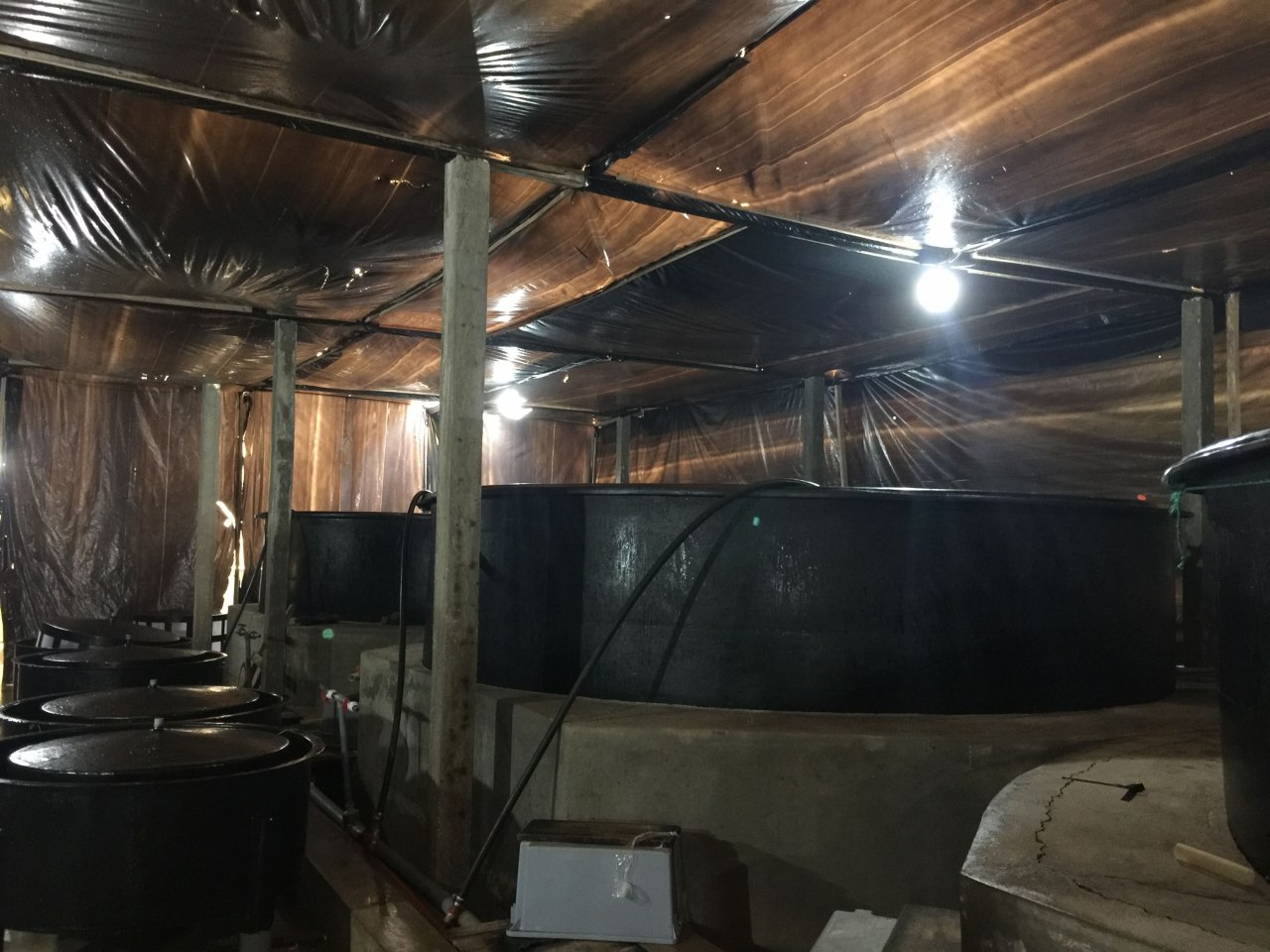
OMARSA Group is shrimp production company in Ecuador granted with seven organic certifications such as ASC and Euroleaf among others. OMARSA is leading in shrimp export business for 40 years and is proud for being among the top three exporters in Ecuador.
OMARSA has two hatcheries and three shrimp farms totaling a farm area of 3,282Ha.
The hatchery in Mar Bravo produces approximately 120 million of larvae per month.
OMARSA is exporting Penaeus vannamei shrimp to more than 50 countires around the world which are grow with a low food conversion rate (FCR 1.8).
Working force in the Mar Bravo hatchery only is of 48 personnel staff.
EM Technology is applied for 4 years now to control water quality to prevent fungus in nursery tanks as well as EMS (Early Mortality Syndrome) disease, a serious cause of mass morality that affects shrimp gastrointestinal tract.
OMARSA has two hatcheries and three shrimp farms totaling a farm area of 3,282Ha.
The hatchery in Mar Bravo produces approximately 120 million of larvae per month.
OMARSA is exporting Penaeus vannamei shrimp to more than 50 countires around the world which are grow with a low food conversion rate (FCR 1.8).
Working force in the Mar Bravo hatchery only is of 48 personnel staff.
EM Technology is applied for 4 years now to control water quality to prevent fungus in nursery tanks as well as EMS (Early Mortality Syndrome) disease, a serious cause of mass morality that affects shrimp gastrointestinal tract.
Method of Culture and EM Application
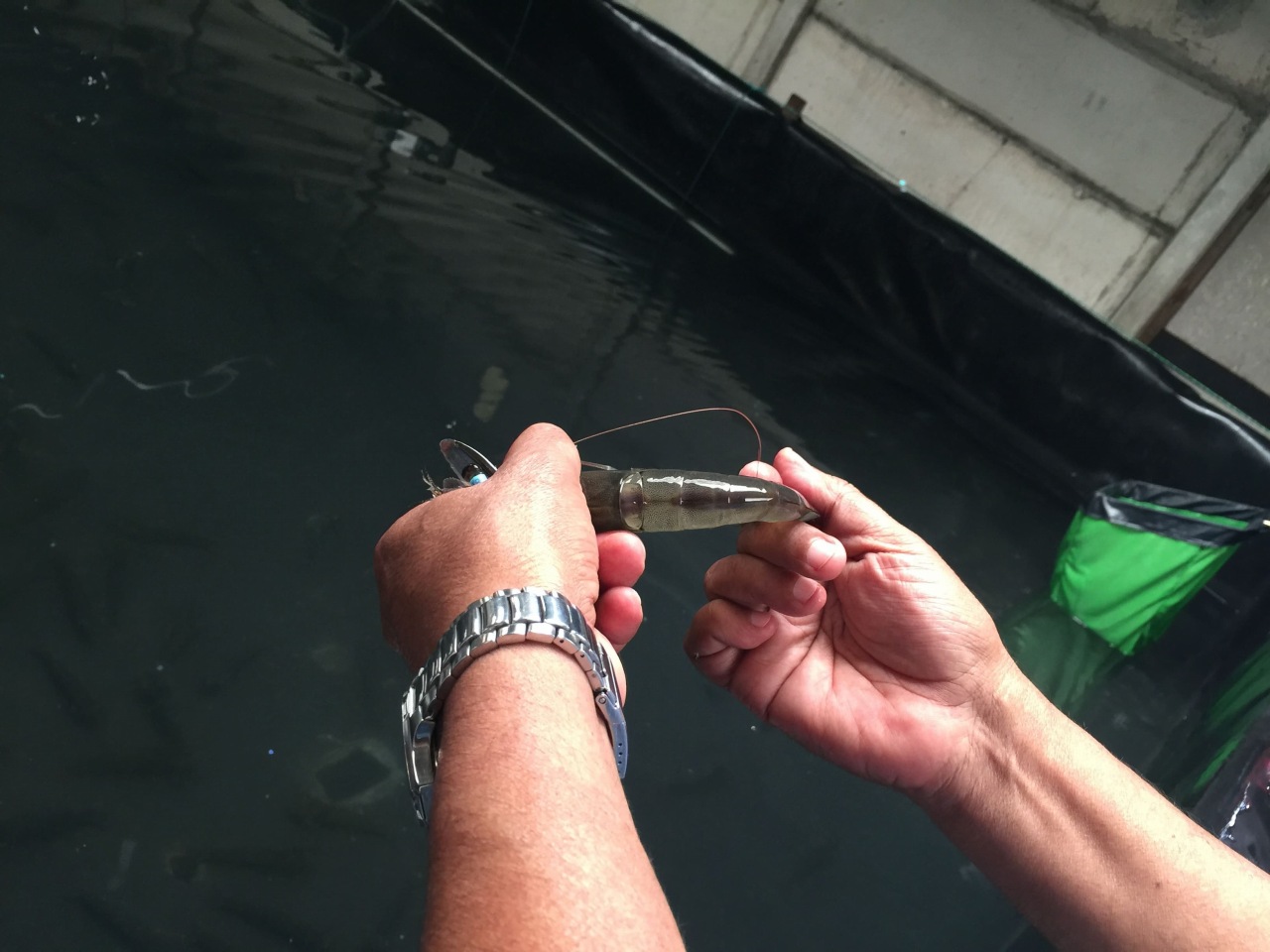
OMARSA grows shrimp larvae from selected shrimp of their own farms, so no wild larvae is allow in their closed farming cycle.
They have 6 nursery houses with 12 tanks made of PVC liner.
Coupling of shrimp is natural way in the maturation pond.
Density of animals is approximately of 15.5/m2.
Female shrimp is marked to register spawning period which is maximum 90 days.
Feed is made of residue of squid processed by the laboratory itself.
When female lay eggs, they are separated to the spawning tanks.
Eggs takes about 15-18 hours to hatch going through different larva stages:
Nauplius, Zoea, Mysis and Post larva.
Post larva is ready to be delivered to maturation ponds after approximately 18 days.
Larvae is feed with algae, cultured by the laboratory itself and artemia (aquatic crustacean), which cannot be cultured so it is purchased from third parties.
All nursary tanks have 2 types of aeration systems:
1. PVC tubes on the bottom
2. Aero tube hanging from the ceiling is rotating clockwise
EM・1 is added to the water reservoir to control pathogens vectors of disease.
They also use EM・1 for disinfecting artemia.
They have 6 nursery houses with 12 tanks made of PVC liner.
Coupling of shrimp is natural way in the maturation pond.
Density of animals is approximately of 15.5/m2.
Female shrimp is marked to register spawning period which is maximum 90 days.
Feed is made of residue of squid processed by the laboratory itself.
When female lay eggs, they are separated to the spawning tanks.
Eggs takes about 15-18 hours to hatch going through different larva stages:
Nauplius, Zoea, Mysis and Post larva.
Post larva is ready to be delivered to maturation ponds after approximately 18 days.
Larvae is feed with algae, cultured by the laboratory itself and artemia (aquatic crustacean), which cannot be cultured so it is purchased from third parties.
All nursary tanks have 2 types of aeration systems:
1. PVC tubes on the bottom
2. Aero tube hanging from the ceiling is rotating clockwise
EM・1 is added to the water reservoir to control pathogens vectors of disease.
They also use EM・1 for disinfecting artemia.
Results
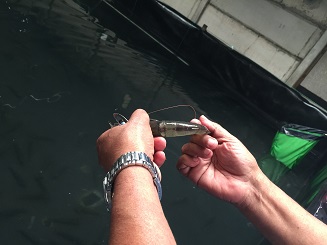
The effect of using EM Technology is reflected in maintaining the survival rate even impacts of massive disease such as EMS.
EM・1 is considered as an alternative to chemical and antibiotics that is also safe.
EM・1 is considered as an alternative to chemical and antibiotics that is also safe.
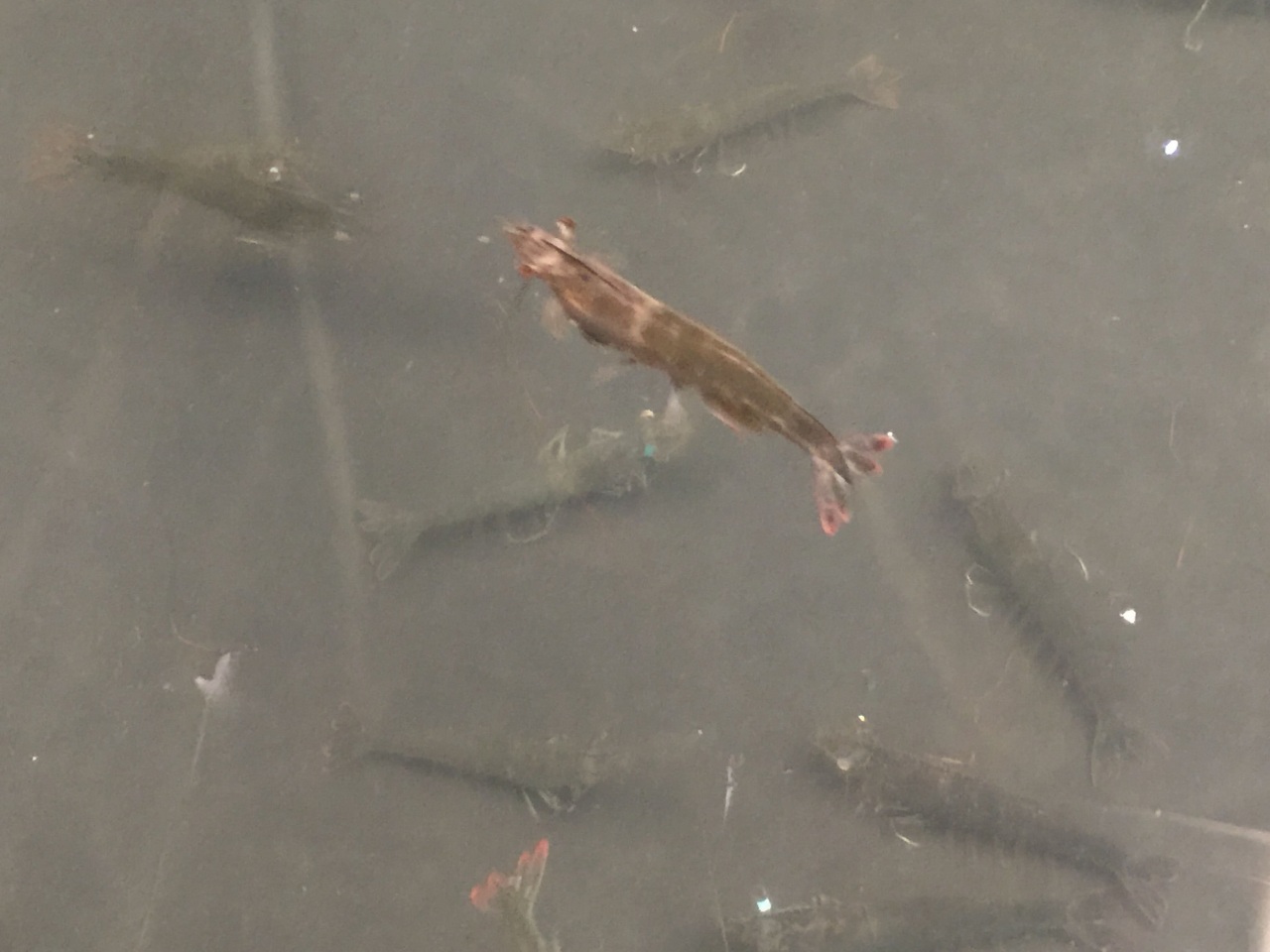

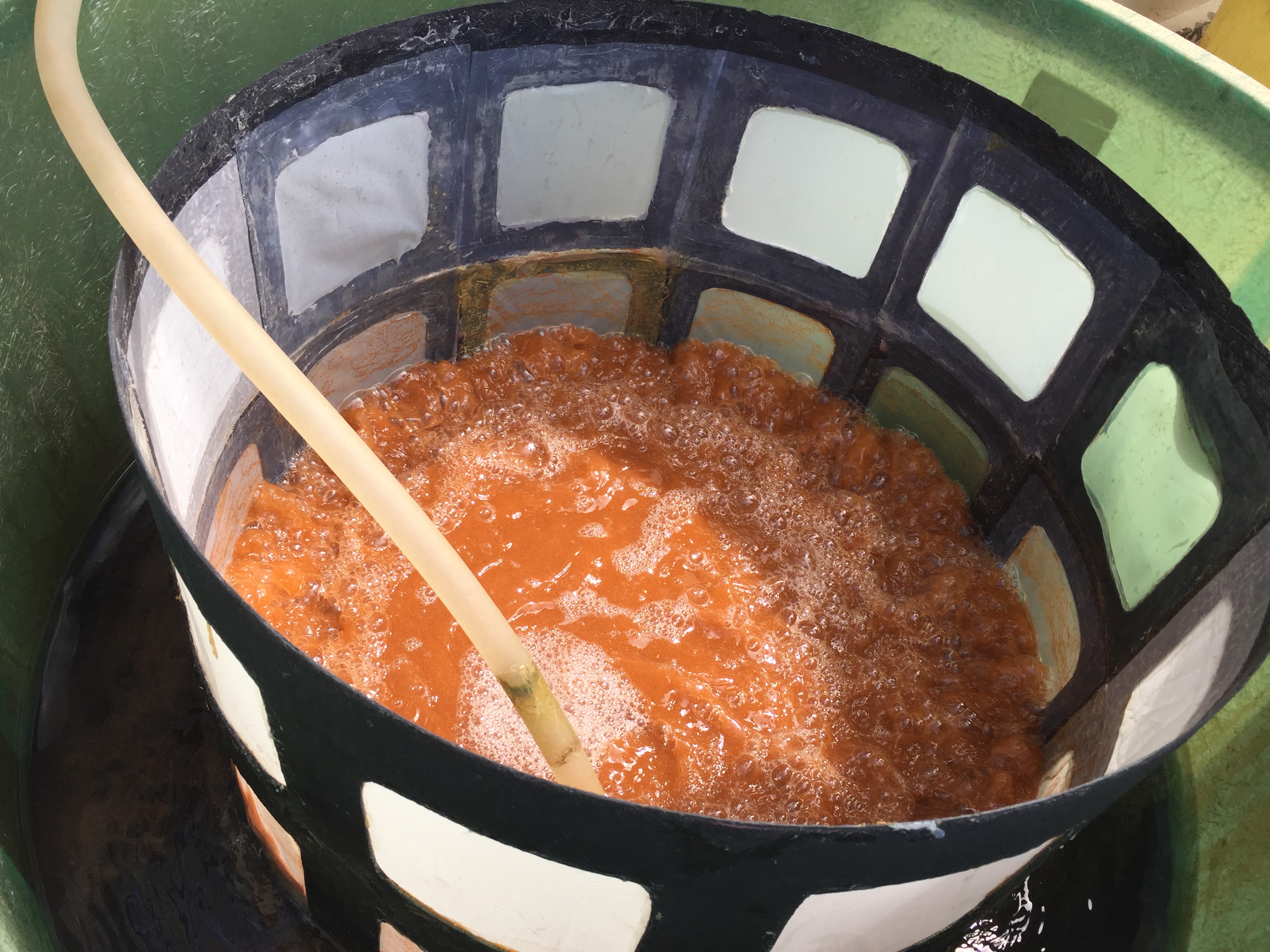
Future Goals
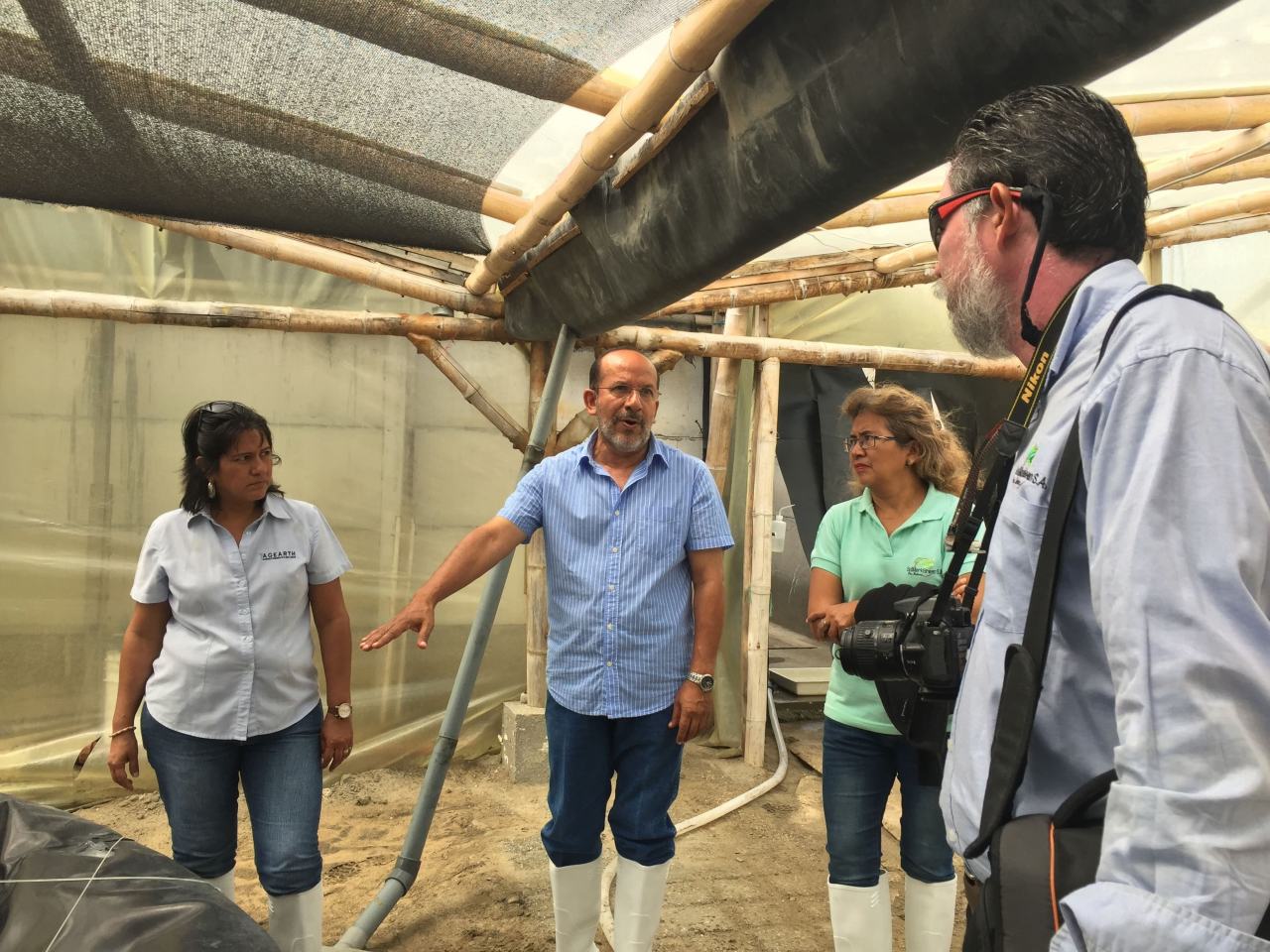
They are expanding nurseries tanks to produce from 120 million of larvae per month to 200 million in the next months.
Furthermore, they are proud to continue “providing the real sustainable shrimp to the world” as stated in their mission.
Furthermore, they are proud to continue “providing the real sustainable shrimp to the world” as stated in their mission.
(Updated in October, 2017)

